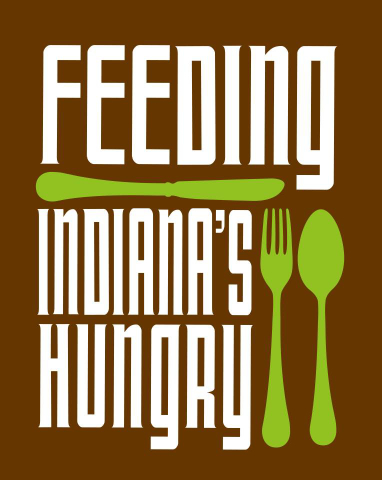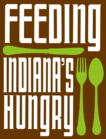Indiana is 18th Worst in the Nation
Millions of Americans continued in 2012 to struggle to afford enough food, according to new, up-to-date food hardship data from the Food Research and Action Center (FRAC). More than one in six Americans (18.2 percent) said in 2012 that there had been times over the past 12 months that they didn’t have enough money to buy food that they or their families needed. The numbers for Hoosiers were even higher, at 20.4 percent.
FRAC’s food hardship report – Food Hardship in America 2012 – analyzes data that were collected by Gallup and provided to FRAC. FRAC has analyzed responses to the question: “Have there been times in the past twelve months when you did not have enough money to buy food that you or your family needed?” The report contains data throughout 2012 for every state, region, congressional district, and 100 of the country’s largest metropolitan areas (MSA).
Some additional food hardship details for Indiana:
- Indiana’s 7th Congressional District (prior to the 2011 redistricting) ranked highest in Indiana, with 24.2 percent food hardship, 35th in the nation. Also in the top 100 highest food hardship districts was Indiana’s 2nd district (prior to the 2011 redistricting), 77th highest in the nation with a food hardship rate of 21.2.
- For the Louisville, KY MSA, including the Indiana counties of Clark, Floyd, Washington and Harrison, the food hardship rate for households 20.5 percent in 2011-2012, the 14th highest in the nation.
- The Indianapolis MSA ranked 43rd with 17.7 percent food hardship, and Cincinnati, OH MSA, including the Indiana counties of Dearborn, Switzerland, and Ohio, ranked 45th at 17.3 percent food hardship.
- Ranked 18th, Indiana’s food hardship rate was tenths of a percentage worse than our neighboring states of Kentucky and Michigan, and a tenth of a percentage better than Ohio.
“Despite weaknesses in wages and employment, some in Congress continue to pursue cuts that would further fray our nation’s nutrition safety net,” said FRAC President Jim Weill. “Last year, Congress proposed billions in cuts to the Supplemental Nutrition Assistance Program (SNAP, formerly known as food stamps). Today, it is poised to further harm low-income programs, including WIC and other nutrition programs, with its failure to resolve self-imposed fiscal crises. And Congress has made no attempt to forestall the scheduled November 2013 cut in SNAP benefits.”
With the Farm Bill still on the agenda for 2013, the report noted that Congress has the opportunity to strengthen SNAP so it can continue to be an important support for struggling households. A report recently released by the Institute of Medicine underscored the current inadequacy of SNAP benefit levels in ensuring that recipients’ nutritional needs are met, and outlined flaws in how SNAP benefits are currently calculated. “Protecting and strengthening SNAP must be a top priority as Congress starts fresh on a Farm Bill this year,” said Weill.
The report was released just days before the 2013 National Anti-Hunger Policy Conference, sponsored by FRAC and Feeding America, and held in Washington, D.C. at the Capital Hilton. More than 700 anti-hunger advocates are expected to attend the conference which will culminate on Tuesday (March 5, 2012) with a Lobby Day on Capitol Hill. “These data demonstrate that this is not the time to make our safety net weaker,” said FRAC President Jim Weill, “and Congress must ensure that all deficit negotiations protect nutrition programs and other parts of the safety net that help low-income people.”
The data were gathered as part of the Gallup-Healthways Well-Being Index project, which has interviewed more than one million households since January 2008.
The full report can be found at www.frac.org.



